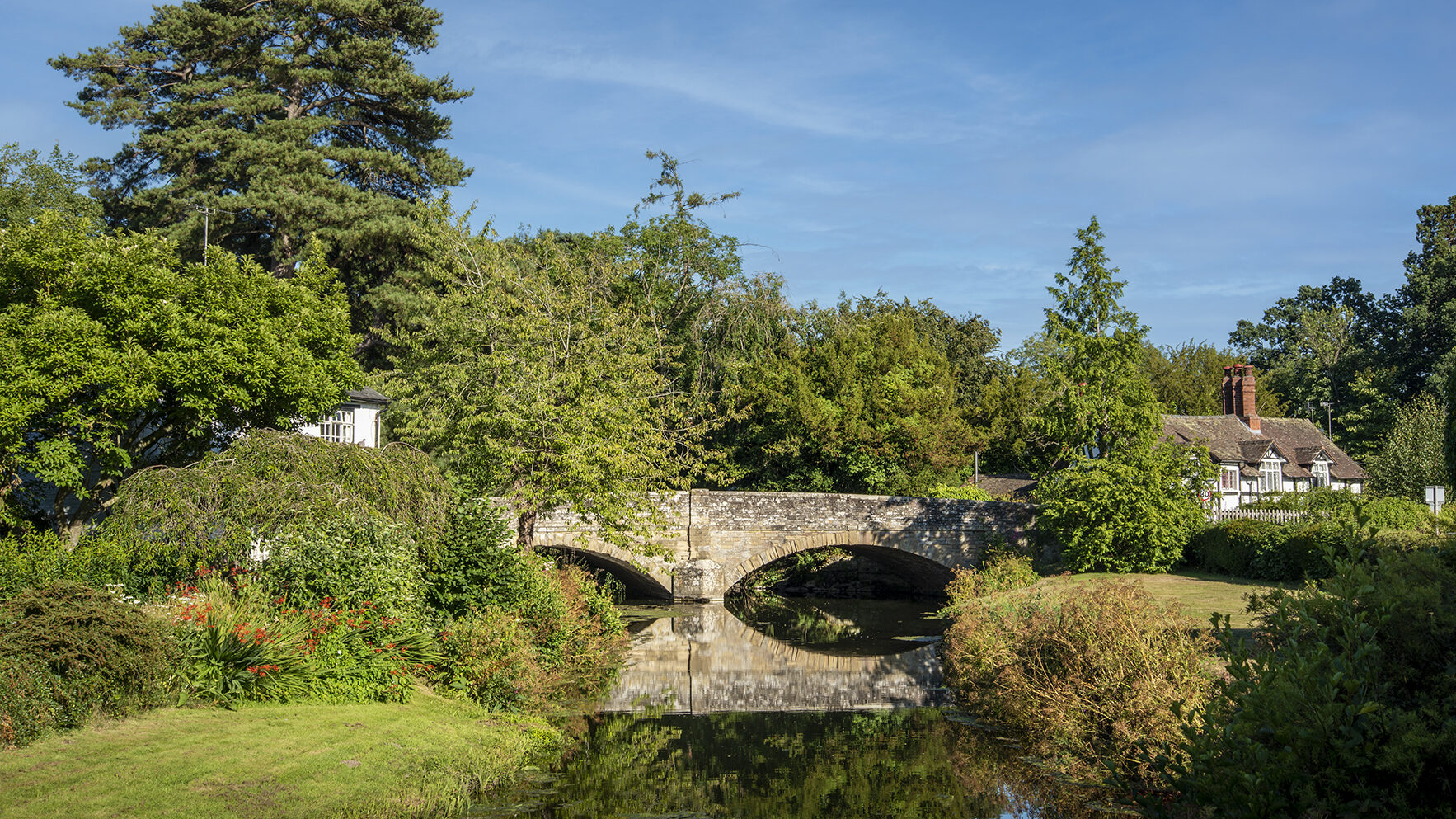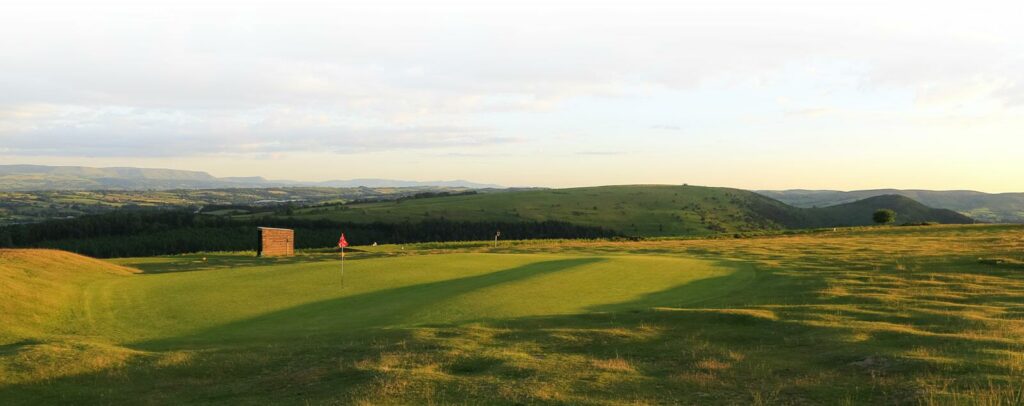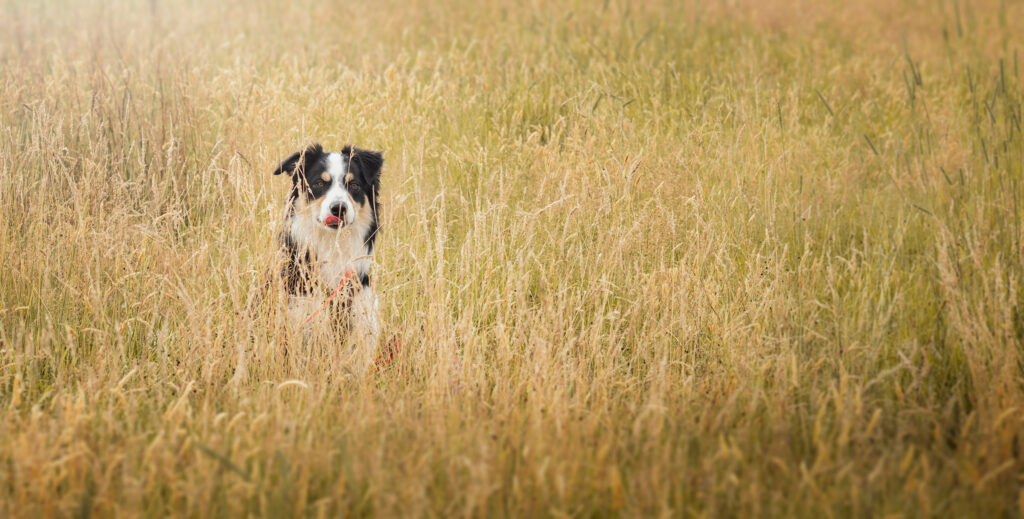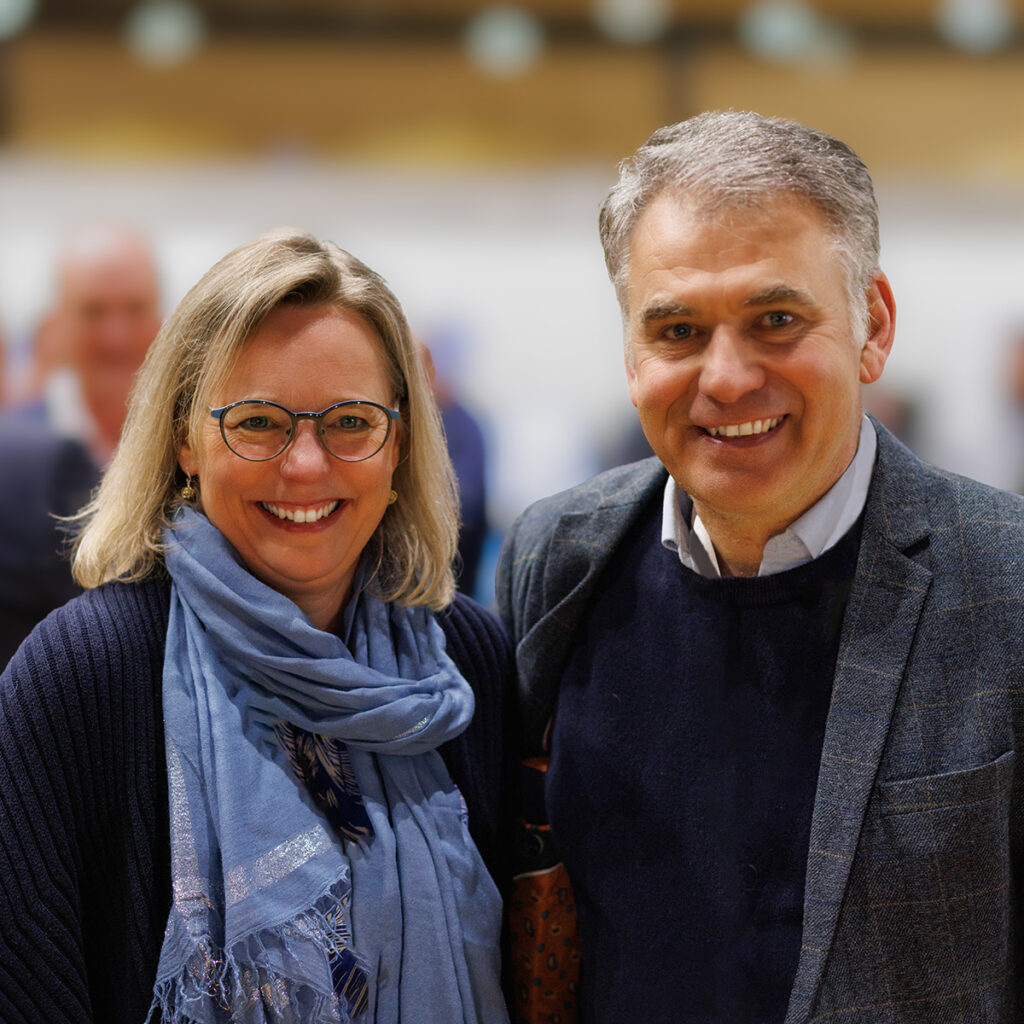Things to do in Eardisland
Our Arrow Bank Country Holiday Park sits on the edge of the ‘chocolate box’ village of Eardisland, Herefordshire. Quintessential and quite beautiful.
Black-and-white cottages line the lanes. A babbling river runs under a little humped bridge. Church bells ring from the tower, and people sip pints outside the pub. You’re picturing Eardisland in North Herefordshire!
The word quintessential fits Eardisland perfectly. Its history brims with stories, and its present-day village life radiates community spirit. It’s also home to Arrow Bank Country Holiday Park.
Bronze Age earthworks show early settlements around the area. A Roman road marks the village’s eastern boundary, but the Romans bypassed it completely.
During the Norman Conquest in 1066, Morcar, Earl of Northumbria, owned the land. His presence left its mark: the name Eardisland likely comes from Earl’s (Morcar) Lene – the Arrow river valley.
After the Battle of Hastings, William the Conqueror seized the manor and estate. He handed them to his son, who later granted them to William de Braose. Through marriage, the powerful Mortimer family of Wigmore took over. You’ll still see their name across Herefordshire – Mortimer Road, Mortimer Cross, Cleobury Mortimer, Mortimer Forest, Mortimer Trail – the family’s influence lingers everywhere.
Later, the Kinnersleys, Smithies and Hardings became owners in turn.

Eardisland sits on Herefordshire’s 40-mile Black and White Village Trail, alongside the historic town of Leominster and the villages of Lyonshall, Pembridge, Dilwyn and Eardisley.
Modern Eardisland still mirrors its past. Timbered cottages from the 15th–17th centuries line the streets. Staik House, built around the 1300s, retains some original windows and its door.
On the main street, part of the original 17th-century manor house survives, now linked to a later brick extension.
Explore the black and white village trail in Herefordshire
As you reach the river bridge, the stunning Dovecote appears on the banks of the River Arrow – a true meeting of past and present. Built in 1469 with 17th- and 18th-century additions, it once formed part of the manor house grounds, symbolising wealth and privilege.
The village restored the Eardisland Dovecote in 2000. The Eardisland Dovecote Trust now maintains it, housing a community-run village shop and visitor centre.
You must visit St Mary the Virgin Church. People worshipped here before Saxon times. The current church rose around the 1060s–1070s and Herefordshire architect Henry Curzon upgraded it in Victorian times. Its bell tower stands out, especially because it houses what the church website calls “eight of the best bells in Herefordshire.”
Near the churchyard sits a moated castle mound dating back to the Saxon period. Its history remains mysterious, but a 1213 document orders, “arm the castle at Hordisland.” You can’t enter the mound because the River Arrow feeds the moat, but St Mary’s Walk cul-de-sac offers an excellent view.
Another surprise is the AA Kiosk, believed to be the oldest in the UK. These yellow-and-black boxes – half telephone kiosk, half Tardis – dotted the country from the 1910s to the 1960s.
Each kiosk carried a unique number. Callers gave it to the operator, who then dispatched a mechanic to the right spot – very modern for its day! You’ll find the kiosk next to the Cross Inn.
Good news – Eardisland has two pubs and a tearoom, all dog-friendly.
The White Swan occupies a Grade II listed building from the 17th century. Inside you’ll find beams, real fires and a timber thought to have come from Ludlow Castle. The pub hosts the local cricket club and Simpson Fine Ales Brewery.
The Cross Inn, also in a Grade II listed building beside the AA Kiosk, started life as a drover’s inn. Its split-level layout adds character, and its signature pure-breed steaks cook over charcoal in a Bertha oven.
If you’re not ready for a pint, head to Rita’s Tearoom. This family-run cake and coffee spot sits in one of the black-and-white buildings. Enjoy all-day breakfasts, traditional cakes and puddings inside or in the garden (closed Tuesdays).

Nov 2025
There's a fantastic choice of golf courses in Herefordshire, Powys and Shropshire. Most importantly they're all less than an hour's...
Read more
Apr 2025
Whether your hound is Hungarian vizsla, your pooch a Pomeranian or your mutt a Miniature Schnauzer, we all want our...
Read more
Oct 2025
Discover Parks has been nominated in two categories of the Herefordshire Means Business Awards 2025. The park group is made...
Read more